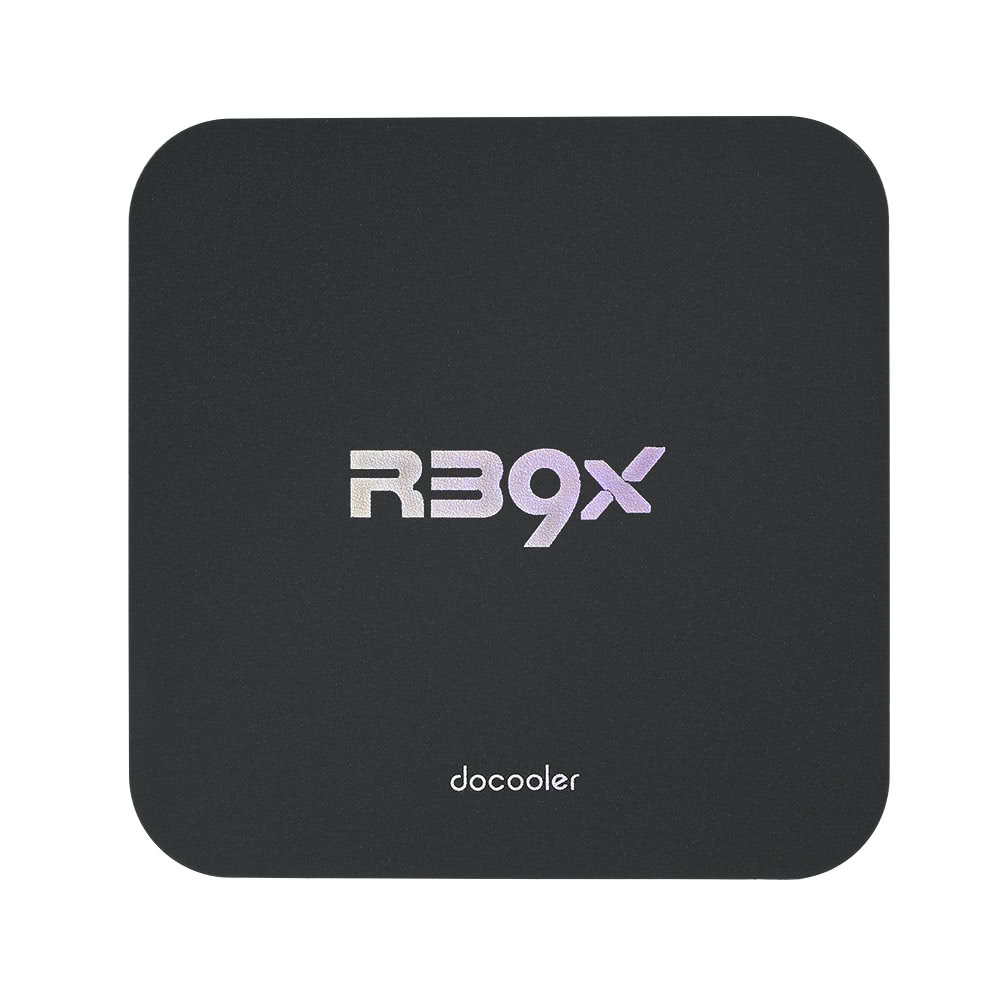
This Bitmap object further represents Display Object. The line above converts Bitmap Data into Bitmap object. Var bmp:Bitmap = new Bitmap(Some Bitmap Data) So, how will you covert the Bitmap Data into Display Object? Add the following, Thus we can add our Bitmap data to the stage. The answer is to convert BitmapData into Display Object. But if you type any of the above two lines in ActionScript panel and test, you will not see anything on the stage. Var myBmp:BitmapData = new BitmapData (300, 300) Var myBmp:BitmapData = new BitmapData (300, 300, false, 0xFFCCFF) Īnother form, only with width and height, transparency = true and fillColor = 0 x FFFFFF If not specified, they will have default values i.e. width and height are must while other two are optional. The line above creates a bitmap data instance based on the arguments passed to BitmapData constructor.

Var myBmp:BitmapData = new BitmapData (width, height, transparent, fillColor) Let us start our journey to understand Bitmap Data. Summarizing it in one sentence, whenever you are going to deal with pixel data (Images and videos) BitmapData class is there for you.

There are more techniques and effects like cropping, distortion, displacement mapping and many more can be done using BitmapData class. The BitmapData class with its number of powerful methods will help you to achieve the above technique. In other words, every single kilobyte matters a lot. Here, the developer has to consider every single byte he is going to utilize. This scenario is different from high end 3d games. This technique is widely used by Flash and Flex game developers especially for web, lower end devices like mobiles, gaming consoles, etc. Now, if you are still wondering why there are two techniques for animation then, think of the second technique for speed, best performance, optimization etc. The animation in the second step is created by manipulating bitmap pixels directly. The animation in step one is created by regular Flash player frame based rendering. Let us put this in simple form.ġ) One is created using regular vector based per frame animation andĢ) Second is created using Bitmap Data techniques (like Matrix transformations, Tile based animation (also known as Blitting)). The BitmapData class is different as it separates the bitmap rendering from the routine Flash player vector rendering. So, I would like to cover filters along with bitmap data. bitmap data, they create more dramatic effects. Actually, filters can also be applied to text, movieclips having vector data and gradient color. We shall see some filters since they affect pixel data to apply effect. Approach to Understand XML and Flash Workflow.
#Adobe flash for android 5.1.1 how to
How to Build a XML Driven Quiz Application in Flash.Creating and Controlling Flash Animation with XML.How to Create a Snake Game in Flash Using AS3.Create Your First Android AIR App in Flash.People around the world are doing nice jobs with AS3 BitmapData and Filters. Flash originally started with the name FutureSplash and designed to handle vector data.ĭuring its journey from FutureSplash to Macromedia Flash and now, Adobe Flash which has been significantly upgraded to handle bitmap data as well. The proxy server could not handle the request POST /facebook/bj2/.Flash is vector graphics in nature. Proxy Error The proxy server received an invalid response from an upstream server.Upgraded Firefox won't play games in Facebook now.Firefox does not work well with Adobe Flash playing the game Bejeweled Blitz on Facebook.ANGLE (Intel(R) HD Graphics Direct3D9Ex vs_3_0 ps_3_0) supportsHardwareH264: No Hardware video decoding disabled or blacklisted.


 0 kommentar(er)
0 kommentar(er)
